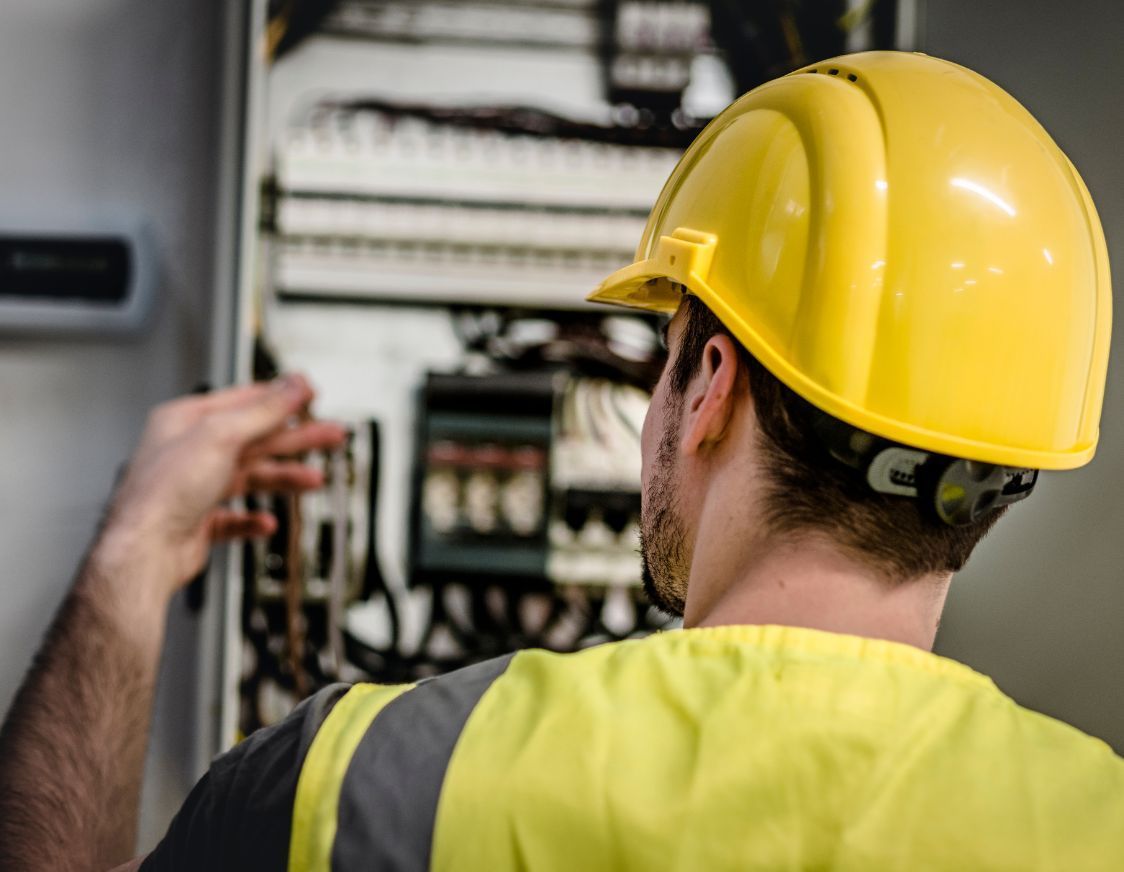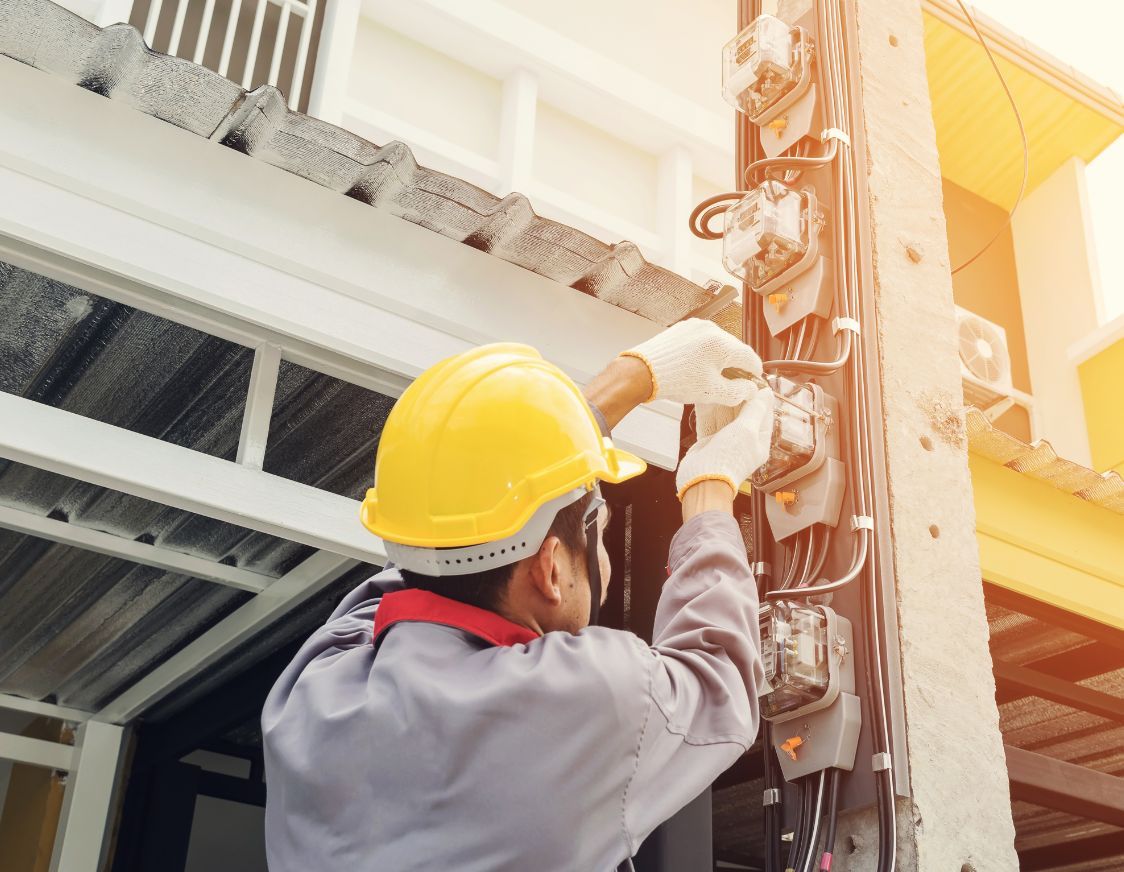Creating an electrical safety program is essential for protecting employees, maintaining a safe work environment, and reducing insurance premiums. Electrical hazards are a top risk in many workplaces, especially for contractors, electricians, and those working with high-powered equipment. Developing a robust safety program not only minimizes accidents but also demonstrates to insurance providers that your business prioritizes risk management. Here’s a comprehensive guide to building an effective electrical safety program that protects your team and supports your business.
Grasping Electrical Safety Hazards
To develop an effective electrical safety program, it’s critical to understand the hazards associated with electrical work. Identifying these risks is the first step toward implementing protective measures that reduce incidents and improve workplace safety.
Common Electrical Risks in the Workplace
Electrical risks vary by industry, but many hazards are shared across workplaces. These common risks include:
- Electric Shock: Direct contact with live wires can result in electric shock, causing severe injury or death.
- Arc Flashes: Arc flashes can occur during short circuits, releasing energy and heat, and causing burns or fires.
- Faulty Wiring: Outdated or poorly installed wiring increases the risk of short circuits, which can lead to fires.
- Overloaded Circuits: Overloading circuits puts strain on wiring, often resulting in equipment overheating and electrical fires.
For more specialized information, electricians and contractors working in Texas, for example, might consider general liability insurance to cover electrical risks specific to their state.
Identifying Potential Dangers
A thorough risk assessment helps identify specific dangers present in your workplace. Inspect electrical systems, equipment, and wiring, looking for signs of wear, corrosion, or other faults that could lead to hazards. In addition, consider environmental factors—such as moisture or dust—which can elevate risks in certain settings. By understanding potential dangers, you can take proactive steps to protect your team.
For contractors and electricians who rely heavily on tools and equipment, having inland marine insurance ensures these essential items are covered against theft or damage, helping reduce downtime caused by equipment loss.
Building Your Safety Team
An effective electrical safety program requires a dedicated team responsible for overseeing safety practices and ensuring that everyone follows protocols. This team will play a central role in maintaining safe operations.
Key Roles in Electrical Safety
Each role in your safety team should contribute to upholding safety standards. Common roles include:
- Safety Coordinator: The coordinator is responsible for managing the safety program, conducting assessments, and communicating with employees about safety practices.
- Electricians and Contractors: Those directly handling electrical systems should be trained in safety protocols and play an active role in hazard identification.
- Supervisors: Supervisors should be aware of safety procedures and ensure that team members follow protocols.
Selecting the Right Personnel
When choosing individuals for these roles, look for employees who demonstrate a commitment to safety and attention to detail. Selecting the right personnel can be crucial for effective oversight. Also, consider working with an external specialist to train your team in areas such as cyber liability if digital systems and data security play a role in your operations.
Establishing Electrical Safety Protocols
To mitigate risks, establish clear, actionable safety protocols that are easy for your team to follow. These protocols form the foundation of your safety program, helping ensure consistent safe practices across the organization.
Essential Procedures for Safe Practices
Effective electrical safety protocols should cover:
- Lockout/Tagout Procedures: Prevents accidental energizing of circuits during maintenance.
- Routine Equipment Checks: Ensures tools and machinery are in good condition, reducing risks from faulty equipment.
- Use of Personal Protective Equipment (PPE): Enforcing PPE use can prevent injuries from shocks or arc flashes.
Regular adherence to these procedures helps minimize the likelihood of incidents. HVAC contractors can also consider error and omissions insurance to safeguard their services against professional errors that could lead to electrical risks.
Creating a Safety Checklist
A safety checklist serves as a practical tool for maintaining high safety standards. Items on this checklist should include regular inspections of electrical systems, testing of safety equipment, and ensuring that all employees have the appropriate PPE for the job. Consider breaking down the checklist by task or area to make it easy for team members to follow.
Educating and Executing the Safety Program
The success of your safety program depends largely on effective training and engagement. A well-informed team is more likely to follow safety practices and contribute to a safer workplace.
Effective Training Techniques
Training sessions should be engaging, hands-on, and tailored to your team’s specific needs. Key training techniques include:
- On-the-Job Demonstrations: Show employees how to handle equipment safely in real-time.
- Regular Refresher Courses: Reinforce key safety protocols, particularly for high-risk tasks.
- Emergency Drills: Run drills for potential incidents, such as electrical fires, to ensure everyone knows the steps to take.
Training is especially critical for businesses that regularly work with high-risk tools and equipment, such as HVAC contractors who rely on equipment insurance to cover costly machinery.
Engaging Employees in Safety Practices
Employee engagement in safety practices helps reinforce your safety culture. Encourage team members to report hazards and reward those who consistently follow safety protocols. Involving employees fosters a shared sense of responsibility, making the safety program more effective.
Evaluating and Refreshing Your Safety Program
Electrical safety is not a one-and-done effort—it requires ongoing assessment and updates to stay effective. Regular evaluations help identify areas for improvement and adapt to new standards.
Importance of Regular Assessments
Conduct periodic safety audits to review your current safety measures. Assessments help identify gaps in your program and provide a chance to make improvements. By keeping your safety program updated, you reduce risks and demonstrate to insurers that you’re committed to maintaining high safety standards, which may reduce premiums.
For example, if your business involves transporting valuable tools or equipment, regular checks on insurance coverage, like commercial auto insurance for electricians, ensure that you’re fully covered and compliant.
Adapting to New Safety Standards
Safety standards evolve as new risks and technologies emerge. Stay informed on industry updates, and adapt your program accordingly. Whether it’s updating protocols or introducing new PPE, adjusting to current safety standards keeps your team protected and supports your compliance efforts.
Final Thoughts on Electrical Safety
An electrical safety program is essential for protecting your team, meeting regulatory standards, and reducing insurance costs. By addressing potential hazards, building a dedicated safety team, establishing clear protocols, and regularly evaluating your program, you create a safer workplace that benefits everyone involved.
For those in high-risk trades, maintaining comprehensive insurance coverage, such as professional liability for electricians, ensures protection against specific industry risks. Investing in electrical safety is an investment in the long-term security and success of your business.












